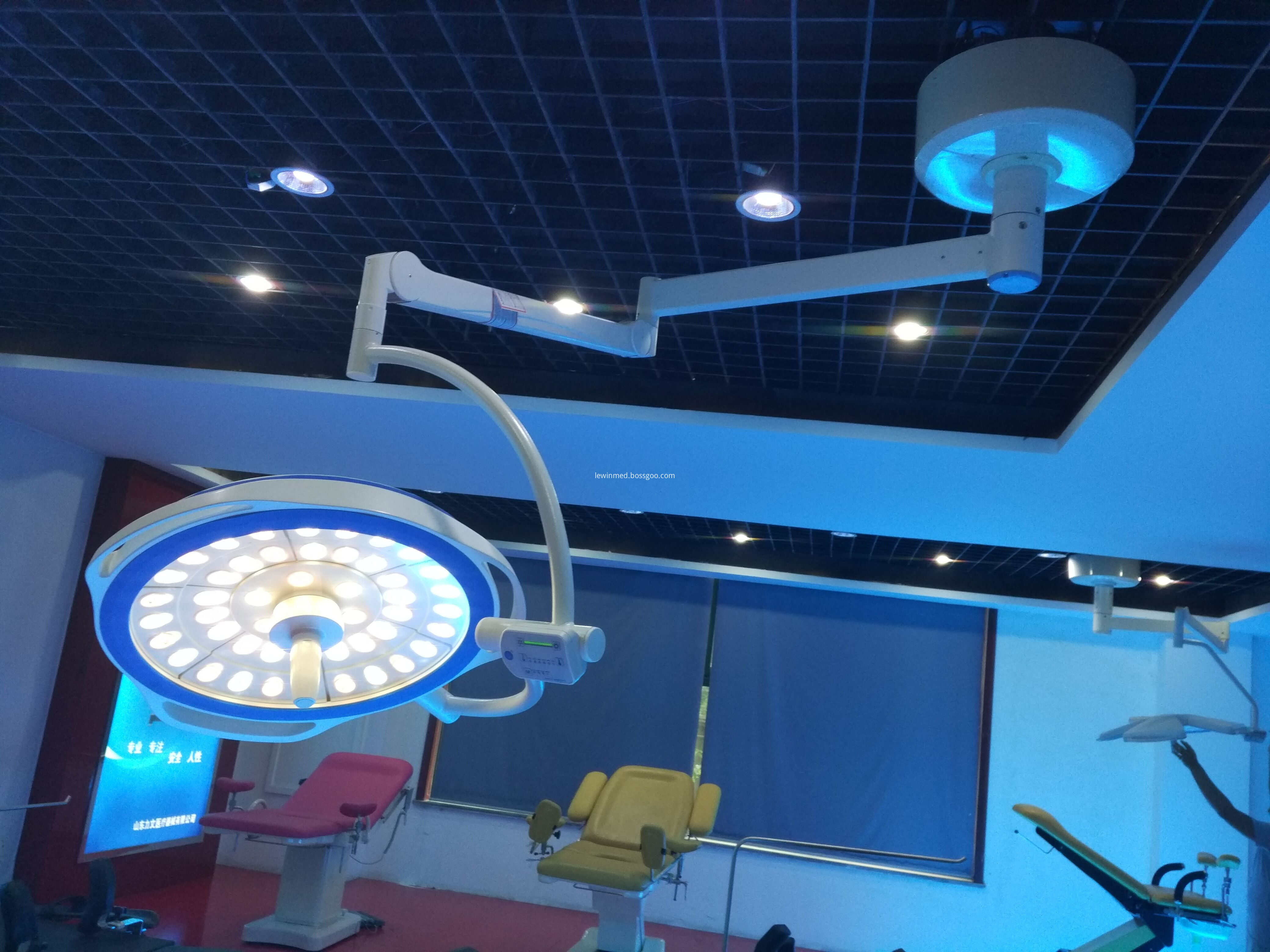Application of "low grafting, tied with the soil" autumn and winter tea grafting technology, can greatly accelerate the transformation of old tea garden varieties, improve the coverage of good species, and promote tea industrialization. Time and material grafting time is appropriate from October to December. Materials should be prepared with bamboo strips, spring shears, grafting knives, reeling knives, small saws, and agricultural films. Prepare a tea tree with a root diameter of 1 cm or more. The tea plantation can be grafted to a tea plantation where the yellow loam can be removed. In the previous month, deep fertilization was conducted to allow the tea tree roots to accumulate sufficient nutrients. The anvil is divided into two parts. The first time, 10 cm away from the ground, the tea tree is cut off, the tea garden is cleaned, and the fine soil is screened for use. One day before grafting, soles should be poured to keep the soil moist. Scion selection of clones of red-brown semi-woody varieties of tea branches, the species to Wuni Zao, Ying-Shuang, Pingyang especially early as well. These varieties have strong adaptability and high graft survival rate. Grafting grafting anvil, stalk anvil, cutting ear, cuttings in four steps, the specific operation is as follows: The anvil is cut on the basis of the first cut anvil, split open soil, 2-3 cm from the root and then cut once. The anvil is cut once with a spring scissor, and the anvil skin must not be damaged. The rootstock is too large and can be sawn with a small saw. The anvil is cut from the middle of the stock with a grafting knife to a depth of 2-3 cm. The harder rootstock can be used to hit the back of the grafting knife with wooden sticks, so as to open the rootstock. The cutting head should be cleaned thoroughly, and the wedge-shaped surface should be cut perpendicularly from the lower end of the scion and the base of the leaf. The cutting length should be about 2 cm, slightly shorter than the cutting of the rootstock, and the two wedge surfaces should be flat. The scions are two leaves and one bud branch, the lower leaves are cut in half, the upper leaves are not cut, leaving axillary buds. The scion must be kept fresh and cut. When cuttings, use a wire cutter to open the split rootstock and insert the cut scion into the rootstock. The slightly thicker side of the scion should be aligned with the edge of the rootstock. That is, the phloem on the thick side of the ear is fully consistent, and the tighter the interaction between the rootstock and the scion, the better the splitting of the parenchyma cells and the formation of the healing tissue. Generally, each plexus tea tree is connected to 3-5 rootstocks, each rootstock is followed by one ear, and the larger ones can also receive 2-3 spikes. The tea trees that cultivated the ear of the ear should be immediately cultivated in fine yellow loam soil, and all the scions should be buried in the earth with the soil tied up, leaving only the upper axillary buds exposed. The soil is pressed slightly by hand, and the rootstock and the scion should not be loosened. After the soil is finished, use the sprinkler shell to wet the soil, but do not water it too much. Covered with a layer of wet straw or weeds on the soil surface, play a moisturizing effect. Every 1 meter is inserted with a bamboo strip, arched, and the middle height is 50 cm. The agricultural film is pulled on the bamboo strip and compacted with mud to form a closed environment. The conditions can also be covered with a layer of shade net on the agricultural film, so as to prevent the agricultural film from being opened by the wind in winter and avoid direct sunlight and consume water. Management does not require regular watering after grafting in autumn and winter. On rainy days, the membrane can be lifted to receive rainwater to ensure that the soil inside the membrane is moist. At the beginning of April of the following year, when the tea grows to 3-4 leaves, it is possible to choose uncovering the film on cloudy days. Before uncovering the film, it is necessary to carry out the hardening of seedlings to allow the seedlings to gradually adapt to the environment. When the seedlings reach 10 cm or more, the top buds are removed to facilitate the growth and development of lateral buds.
The single dome LED series cold-light shadowless surgical lights of our factory, which are adopted LED bulbs as the light source, the OT lamp has owned the authentic cold illiminant effect, improved the characteristics of high color rendering, high gemcore, low vertifo, high equitability, low electromagnetic interference, long life span, LED bulb can be more than 50,000 hours, low power consumption etc, it is the new advanced products to instead of traditional shadowless operation lamps;

Single Dome Round Ot Lamp,Single Dome Operation Light,Single Dome Surgery Lamp,Single Dome Operating Lamp
Shandong Lewin Medical Equipment Co., Ltd. , https://www.operatinglight.nl